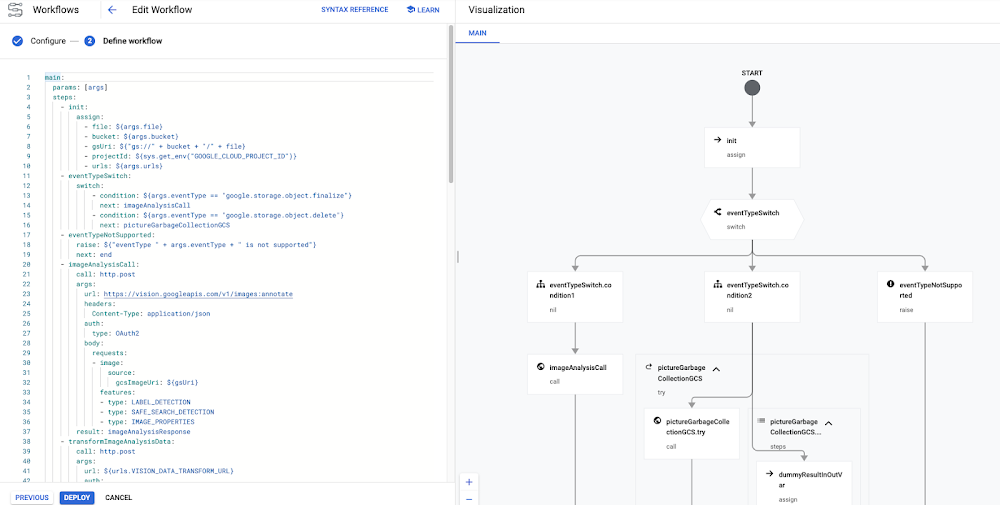
The Good, the Bad and the Ugly in Cybersecurity – Week 7
February 12, 2021
Orchestrating the Pic-a-Daily serverless app with Workflows
February 12, 2021With Network Load Balancing, Google Cloud customers have a powerful tool for distributing external TCP and UDP traffic among virtual machines in a Google Cloud region. In order to make it easier for our customers to manage incoming traffic and to control how the load balancer behaves, we recently added support for backend services to Network Load Balancing. This provides improved scale, velocity, performance and resiliency to our customers in their deployment–all in an easy to manage way.
As one of the earliest members of the Cloud Load Balancing family, Network Load Balancing uses a 5-tuple hash consisting of the source and destination IP address, protocol and source and destination ports. Network load balancers are built using Google’s own Maglev, which load-balances all traffic that comes into our data centers and front-end engines at our network edges, and can scale to millions of requests per-second, optimizing for latency and performance with features like direct server return, and minimizing the impact of unexpected faults on connection oriented protocols. In short, Network Load Balancing is a great Layer-4 load balancing solution if you want to preserve a client IP address all the way to the backend instance and perform TLS termination on the instances.
We now support backend services with Network Load Balancing–a significant enhancement over the prior approach, target pools. A backend service defines how our load balancers distribute incoming traffic to attached backends and provides fine-grained control for how the load balancer behaves. This feature now provides a common unified data model for all our load-balancing family members and accelerates the delivery of exciting features on Network Load Balancing.
As a regional service, a network load balancer has one regional backend service. In this blog post, we share some of the new features and benefits you can take advantage of with regional backend services and how to migrate to them. Then, stay tuned for subsequent blogs where we’ll share some novel ways customers are using Network Load Balancing, upcoming features and ways to troubleshoot regional backend services.
Regional backend services bring the benefits
Choosing a regional backend service as your load balancer brings a number of advantages to your environment.


